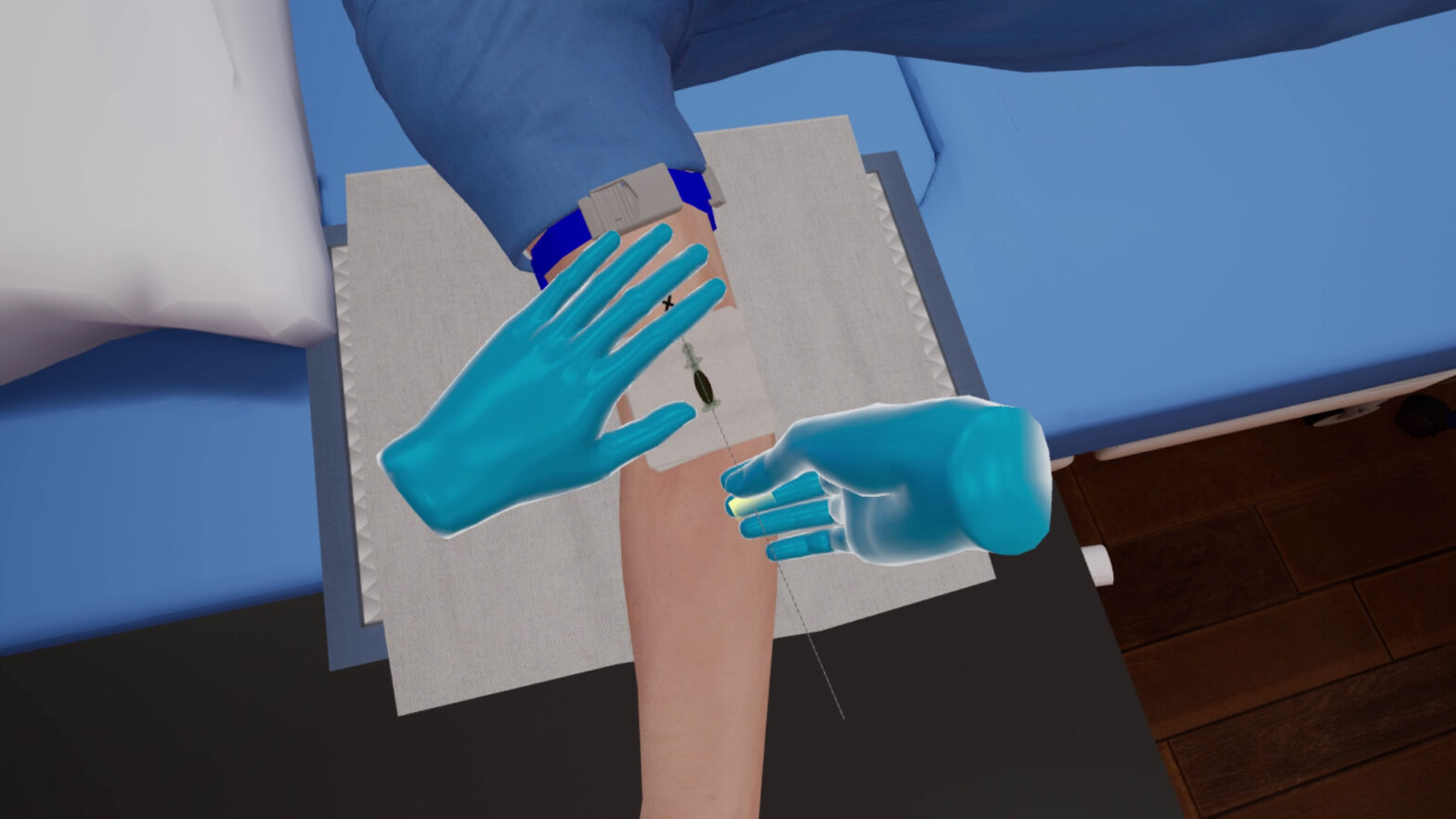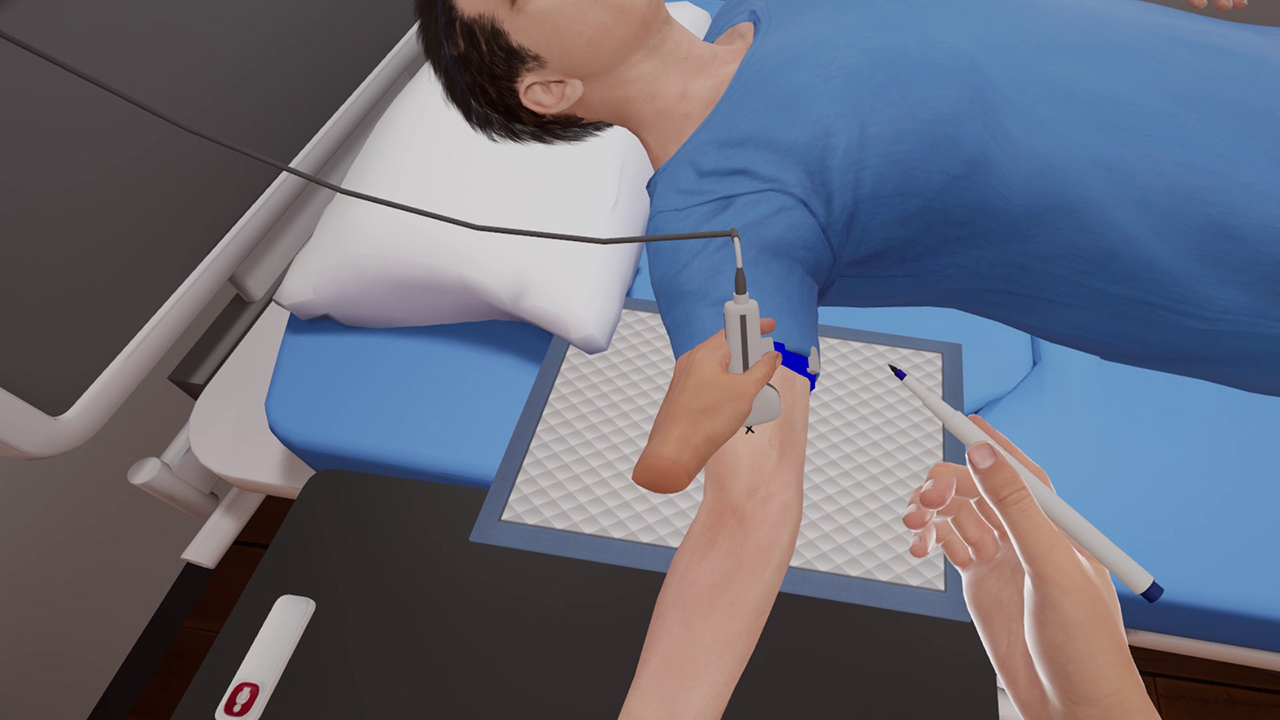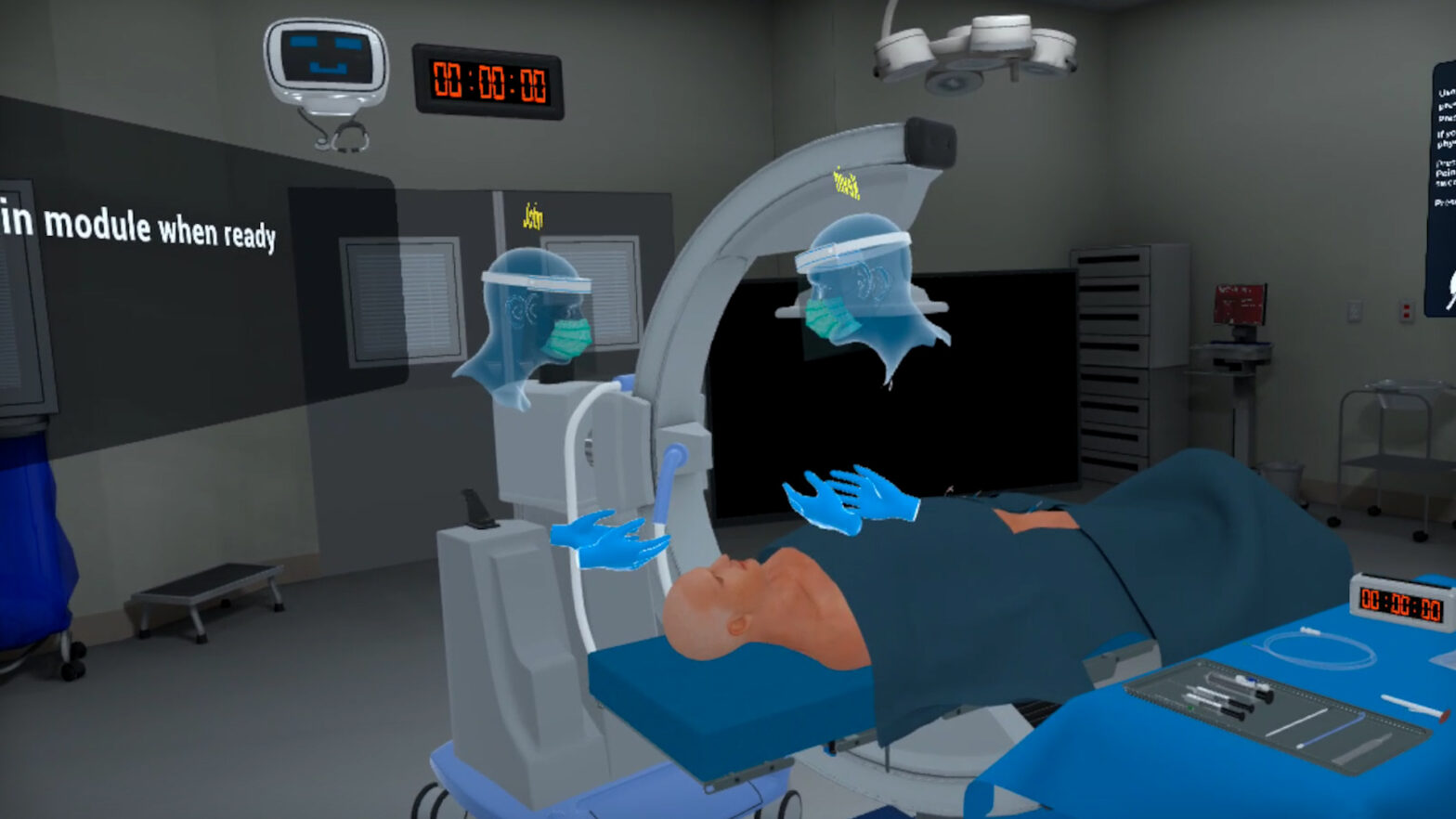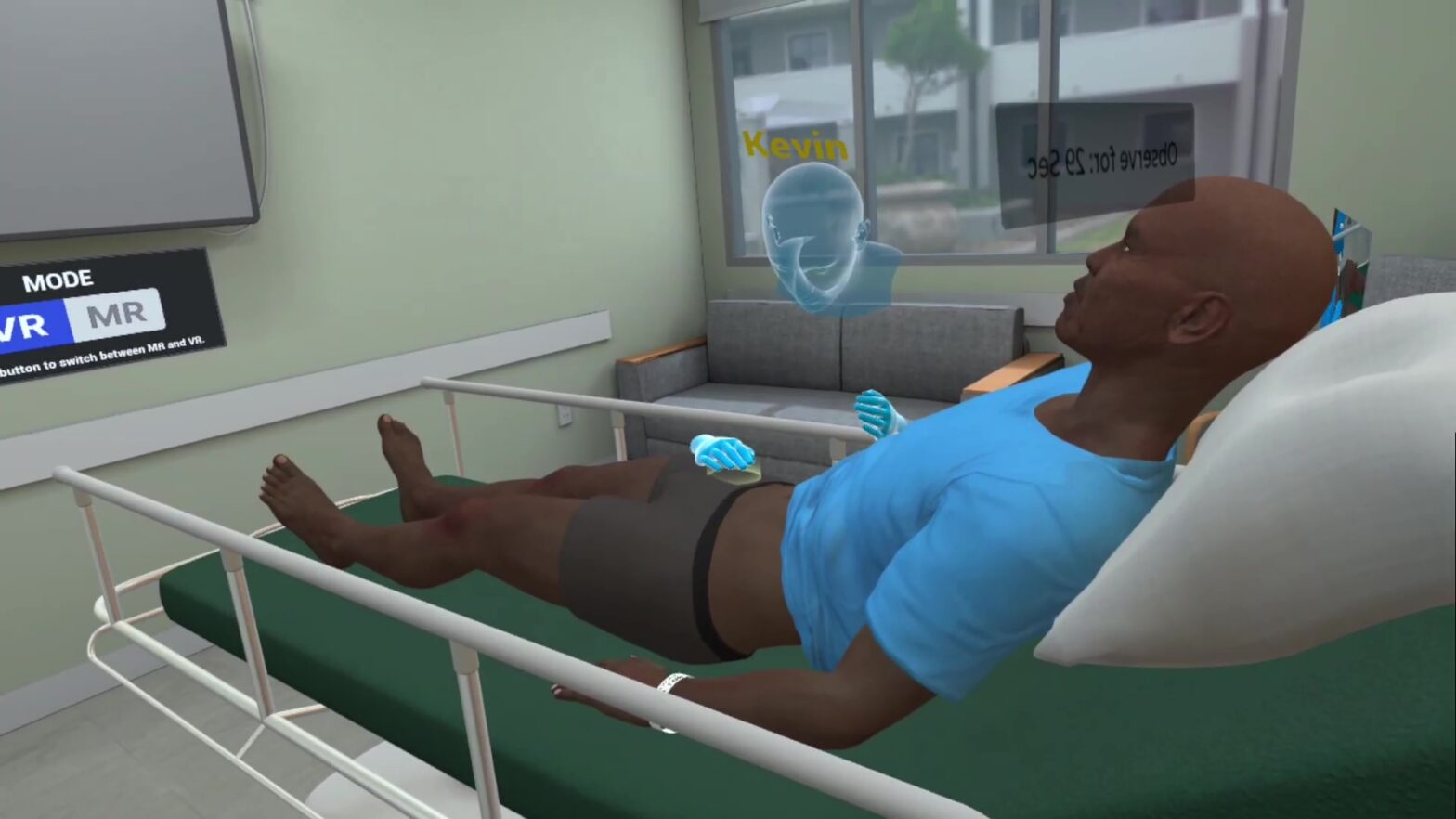
A medical practitioner will call for a PICC insertion in instances when a prolonged medication course is required. The catheter placement eliminates the need for repeated needle insertions as the PICC can be placed in the body for a period up to 18 months.
Peripherally Inserted Central Catheter or PICC is an intravenous catheter inserted through the skin into a vein in the arm, in a region below the shoulder and above the elbow. The catheter is guided through the vein to reach the tip of the superior vena cava, a central venous system vein that carries blood to the heart. This catheter is a thin, long and flexible tube which may contain one or two openings at the insertion site. These openings are called lumens and are used to administer medication to the patient.
Typical intravenous therapies administered through the PICC include:
– Antibiotics
– Immunoglobins
– Chemotherapy
– Total parenteral nutrition
Benefits of training nurses in PICC Insertion
Historically, the task of performing a PICC insertion procedure has been the role of a board-certified radiologist or an assistant trained in vascular interventional procedures. However, changes are coming about in this field and trained and certified nurses are also being entrusted with the job of performing a PICC procedure. This change is for the better as it holds some significant benefits.
– Post-procedure nurses are more connected with the patients compared to specialists. On a daily basis, nurses take care of the patients, look into their well-being and attend to the day-to-day recuperative process. By being trained in the ultrasound guided needle insertion and post-procedure site maintenance tasks, nurses will be better placed to provide an assessment of the venous access site functionality.
– Being well-trained in the insertion procedure, nurses will be equipped to take care of minor complications at the earliest, rather than wait for a specialist’s visit.
– Nurses performing PICC procedures can also provide the benefit of significant reduction in procedure costs compared to a specialist radiologist performing the procedure.
Skills practice with MedVR Education
PICC insertion is a delicate procedure that requires sufficient quality training to avoid any kind of complication, including those like CLABSI (central line-associated bloodstream infections). MedVR Education’s VR simulation training for PICC insertion includes trainings in the following skills:
Patient preparation: As the first step towards preparing for the procedure, learners practice tasks like confirming patient identity, identifying insertion site and measuring the required catheter length.
Preparing sterile field: The next step is to prepare the sterile field. In this lesson learners practice the steps in securing the procedure room, preparing a sterile field and cleaning the insertion site.

Preparing Lidocaine and Catheter: As part of the preparations of the insertion, this lesson provides practice in preparing the lidocaine syringe, pre-flushing of lumens and applying USG gel to the probe.
Catheter insertion: In this final lesson, learners practice the insertion procedure followed by attaching a Sherlock 3cg connector, flushing of the lumens and applying a Tegaderm dressing.
Training with MedVR Education
PICC is a critical care procedure and the process of insertion calls for utmost care and precaution. There is no room for mistake and to achieve this level of expertise a substantial amount of practice is required. Practicing the procedure with MedVR Education’s VR simulations programs offers multiple benefits that helps learners get well-versed in the procedure, perform with confidence and proficiency.
– Photorealistic virtual environment creates a real-world like set up.
– Performing the procedure on a virtual patient provides realistic practice scenarios.
– Physics-based interactions present lifelike experiences.
– Zero-risk sessions in virtual environments help learners learn from mistakes.
– Multiple practice sessions provide ample practice opportunities to refine skills.
– Self-analysis of performance is facilitated by the web-based dashboard.
– Instant feedback in the training-mode helps identify mistakes and rectify them.
– The assessment mode helps recap, revise and perfect the procedure.
– Detailed processes with adequate affordances ensure a thorough practice session.
– Ease of access is assured as all technical issues are managed at the backend by the tech team.
There is no other route to perfect a procedure other than practice and when it comes to healthcare the significance of practice becomes all the more important. MedVR Education, with its VR simulation solutions aims to provide healthcare professionals with adequate, accurate and ample practice opportunities to help them perform with efficiency and confidence.
Contact us to know more about VR in healthcare training, or visit our MedVR Education webpage to explore the various programs we offer.


